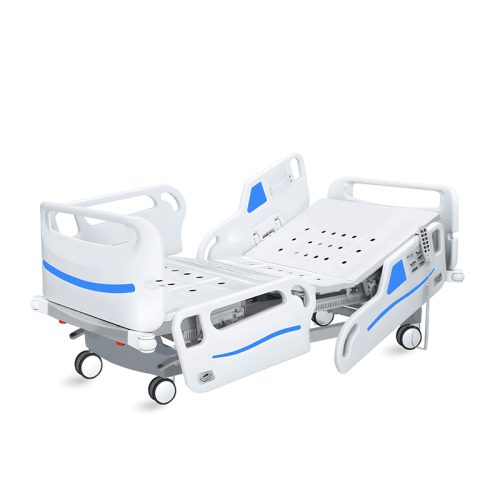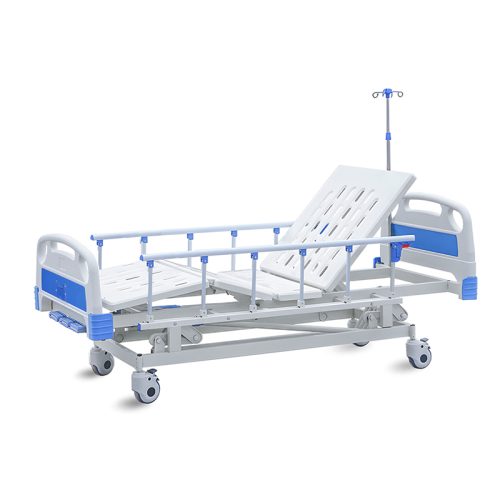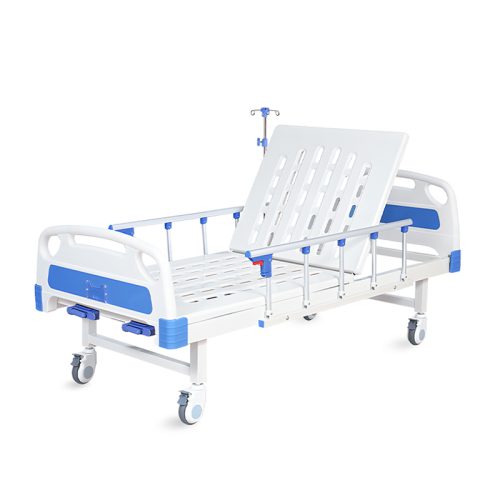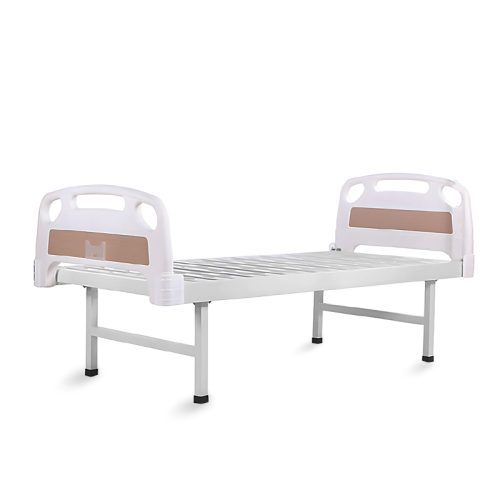
- 오토클레이브
오토클레이브 멸균: 프로세스, 온도 및 압력
- 으로 켈링메디컬
#### **고압증기 멸균이란 무엇인가요?
오토클레이브에서 고압 증기를 사용하면 박테리아부터 바이러스, 곰팡이까지 모든 종류의 미생물을 제거할 수 있습니다. 연구자들은 이 방법을 모든 살아있는 유기체를 파괴하는 가장 신뢰할 수 있는 방법으로 간주합니다.
**오토클레이브 멸균의 주요 구성 요소:**
1. **스팀: 이 장치는 스팀 에너지를 물체에 보내 적절하게 살균합니다.
2. **압력: 압력이 높아지면 끓는점 이상으로 스팀이 가열됩니다.
3. **온도: 오토클레이브의 고온은 열에 저항하는 포자를 죽입니다.
오토클레이브를 통해 다양한 재료를 완벽하게 멸균하려면 증기와 압력이 함께 작용해야 합니다.
—
#### **고압증기 멸균 공정****
고압 멸균 과정에는 물품의 멸균을 보장하기 위한 몇 가지 중요한 단계가 포함됩니다:
1. **준비물:**
- **청소: 살균 과정을 시작하기 전에 물품에서 눈에 보이는 모든 먼지와 입자를 닦아내세요.
- **포장: 재료는 멸균 재료로 포장되어 증기가 모든 부분에 도달할 수 있습니다.
- **로드 중: 멸균하는 동안 증기가 모든 표면에 도달할 수 있도록 오토클레이브의 품목을 올바르게 배치해야 합니다.
2. **밀봉 및 가열:**
오토클레이브 챔버는 물을 밀봉하고 가열하여 증기를 생성합니다.
챔버는 주입된 증기로 채워져 압력을 높이면서 모든 공기 입자를 밀어냅니다.
3. **살균 단계:**
챔버는 지정된 처리 기간 동안 정확한 압력 수준으로 증기를 가열합니다.
- 일반적인 살균 설정은 다음과 같습니다:
- **온도: 살균 과정은 250°F~273°F의 온도에서 이루어집니다.
- **압력:** 15-30psi.
- **시간: 멸균 과정은 적재량과 재료 유형에 따라 15분에서 30분 동안 진행됩니다.
4. **냉각:**
살균이 끝나면 챔버가 정상 압력으로 돌아오고 물품이 자연적으로 냉각됩니다.
일부 오토클레이브는 건조 단계를 추가하여 부하에서 잔류 수분을 제거합니다.
—
온도와 압력은 적절한 오토클레이브 멸균을 달성하기 위한 기본 요소입니다.
오토클레이브 멸균은 온도, 압력, 처리 시간을 올바르게 설정할 때 가장 효과적입니다.
1. **온도:**
높은 살균 온도는 모든 형태의 생물체, 특히 죽이기 어려운 박테리아 포자를 죽입니다.
표준 오토클레이브 멸균은 121°C에서 작동하지만 일부 공정에서는 134°C를 사용하여 오염이 심한 품목을 더 빠르게 멸균할 수 있습니다.
2. **압력:**
물의 압력을 높이면 끓는점 이상의 온도에 도달하여 증기를 생성할 수 있습니다.
오토클레이브는 15psi로 작동하여 물을 최대 121°C까지 가열하므로 효과적으로 살균할 수 있습니다.
3. **시간:**
살균 시간은 재료 유형과 하중 크기에 따라 달라집니다.
스팀 살균은 표준으로 15~30분 동안 진행되지만 챔버가 가득 차면 더 오래 걸립니다.
—
#### **권장 오토클레이브 멸균 설정****
| 로드 유형 | 온도 | 압력 | 시간 |
|---|---|---|---|
| 표준 수술 기구 | 121°C | 15 psi | 15-20분 |
| 내열성 도구 | 134°C | 30 psi | 3-10분 |
| 액체 미디어 또는 솔루션 | 121°C | 15 psi | 20~30분 |
—
#### **증기 멸균과 다른 방법 비교**
증기 멸균 방식은 건열, 화학적 방법, 자외선 조사 등 다른 기술과 비교하여 평가됩니다.
| 방법 | 주요 기능 | 장점 | 단점 |
|---|---|---|---|
| 스팀(오토클레이브) | 촉촉한 열로 모든 미생물을 죽입니다. | 고효율, 친환경 | 내열성 소재 필요 |
| 건열 | 습기가 없는 고온 | 분말, 오일에 적합 | 더 긴 주기, 더 높은 에너지 사용량 |
| 화학 | 가스 또는 액체 사용 | 열에 민감한 품목에 효과적 | 기기에 잔류할 수 있는 잠재적 잔여물 |
| 자외선 살균 | 자외선 사용 | 열이나 화학 물질이 필요하지 않습니다. | 표면 살균으로 제한 |
—
#### **고압증기 멸균의 일반적인 문제**
오토클레이브 멸균은 잘 작동하지만 작동이 잘못되면 멸균 결과가 실패로 이어집니다. 다음은 일반적인 문제와 그 해결 방법입니다:
1. **불완전한 공기 제거:**
- **문제: 챔버에 공기가 갇혀 있으면 스팀이 모든 표면에 제대로 도달하지 못합니다.
- **솔루션: 진공 보조 오토클레이브를 사용하면 갇힌 공기를 더 효과적으로 제거할 수 있습니다.
2. **과부하:**
- **문제: 너무 많은 물건을 함께 놓으면 스팀이 챔버의 모든 물건에 도달하지 못합니다.
- **해결 방법: 공기가 통과할 수 있도록 충분한 공간을 두고 오토클레이브 챔버에 물품을 넣습니다.
3. ** 부적절한 시간 또는 온도:**
- **문제: 짧은 살균 시간이나 낮은 열로는 모든 미생물을 완전히 파괴할 수 없습니다.
- **해결 방법: 제조업체에서 권장하는 살균 설정을 따르세요.
—
#### **고압 멸균 전과 후**
**살균 전: **
- 기기를 소독하여 유기물을 제거하세요.
모든 공구를 멸균 재료로 감싸서 가공 중 오염을 방지하세요.
**살균 후:**
- 취급하기 전에 물품을 식히세요.
멸균된 기구를 세균이 없는 깨끗한 건조한 공간에 보관하세요.
—
#### **자주 묻는 질문**
**Q1: 멸균을 위해 오토클레이브는 어떤 온도 범위를 사용해야 합니까?
표준 멸균은 121°C에서, 내열성 소재 멸균은 134°C에서 작동합니다.
**Q2: 살균 절차 중 압력의 양이 중요합니다.
물은 압력 하에서 더 높은 온도에서 끓기 때문에 증기는 내성 포자를 포함한 모든 박테리아를 파괴하는 극한의 열 수준에 도달합니다.
**Q3: 오토클레이브가 올바르게 작동하는지 확인하려면 어떤 단계를 거쳐야 하나요?
오토클레이브의 올바른 작동 여부는 일상적인 유지 관리와 생물학적 또는 화학적 지표와 같은 멸균 지표를 사용한 테스트에 달려 있습니다.
—
#### **Conclusion**
오토클레이브 멸균은 다른 어떤 방법보다 다양한 산업 분야의 품목을 완벽하게 멸균하는 데 효과적입니다. 사용자는 안전한 결과를 얻으려면 멸균 과정을 이해하면서 오토클레이브 사용 중 올바른 온도, 압력 및 시간 설정을 따라야 합니다. 멸균된 모든 품목에 대해 위생 기준을 유지하고 업계 규정을 준수하려면 오토클레이브 절차를 올바르게 사용해야 합니다.
📧 이메일: inquiry@shkeling.com
🌐 웹사이트: www.shkeling.com.cn
여러분과 성공적인 파트너십을 구축할 수 있기를 기대합니다!






